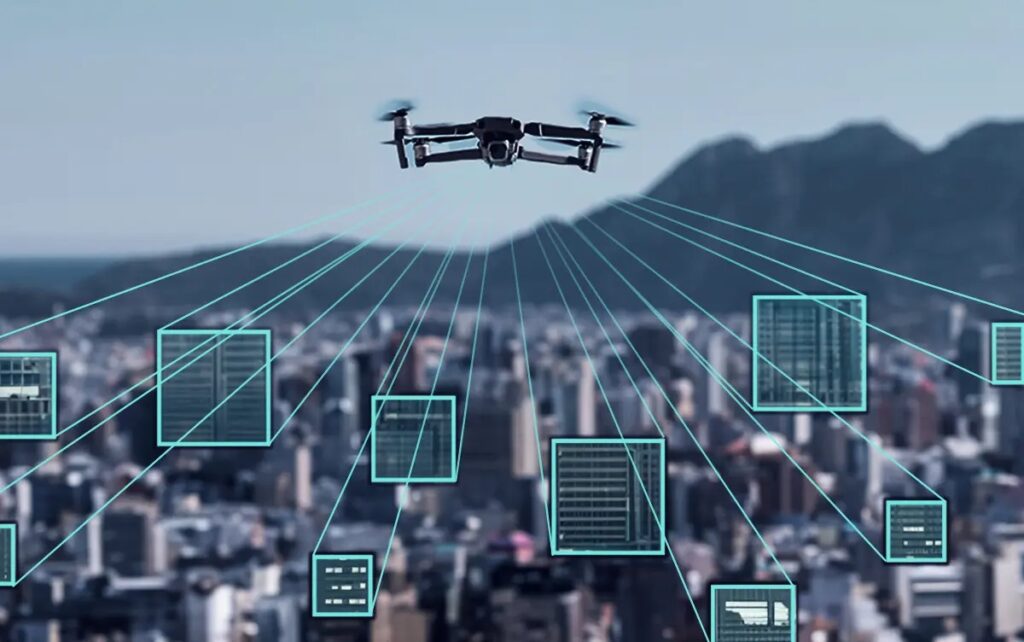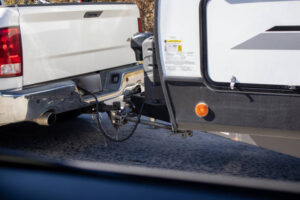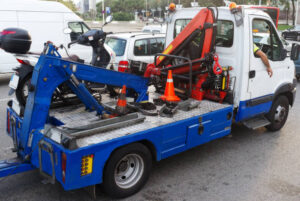
Introduction
In the changing world of unmanned aerial platforms, American drone manufacturers are at the forefront as drivers of innovation and market leaders. Previously dominated by foreign companies, particularly Asian firms, the drones market is now seeing an emergence of U.S. manufacturers developing high-tech, special-purpose UAVs for commercial applications as well as defense purposes. Homegrown companies are transforming the market by emphasizing high-performance, secure, regulation-compliant drones.
This article delves into America’s rise as manufacturers of drones, their leaders, innovations in technology, and their contributions to national security as well as to the international drone market.
The Rise of American Drone Manufacturers
Historically, Chinese brands had dominated the international drone market with their price affordability and volume production. But with concerns over data security, international politics, and demands for local options, there’s now increased attention to domestically produced drones.
Government programs such as the Blue UAS by the U.S. Department of Defense as well as policies limiting the utilization of foreign-made drones in sensitive missions have also bolstered this trend. American drone manufacturers are now being acknowledged for their quality, security features, as well as versatility in various sectors.
Major American Drone Manufacturers
1. Skydio
Established in California, Skydio is recognized for autonomous flight technology and AI-powered navigation systems. Their drones are used extensively in defense, public safety, and infrastructure inspection. Skydio’s capacity to manufacture drones that have the ability to avoid obstacles in real-time positions them as industry leaders in autonomous UAV technology.
2. AeroVironment
An industry veteran, AeroVironment deals with mini-UAVs used in defense as well as in tactical missions. The U.S. military, along with allied forces globally, uses their Puma and Raven drones extensively. The company is also engaged in developing hybrid drones as well as sensor payloads for various missions.
3. Teal Drones
Teal Drones, headquartered in Utah, operates under the Blue UAS project of the Defense Innovation Unit. Their flagship Golden Eagle drone is a secure, scalable platform designed for reconnaissance and public safety. Teal offers rugged design paired with scalable software integrations to serve enterprise as well as defense applications.
4. Vantage Robotics
Vantage Robotics manufactures lightweight, transportable drones which have received federal clearance for use. The focus of their products is ease of use and great imaging quality, with their drones being suitable for surveillance, security, and inspection applications.
5. ModalAI
As a spin-off from Qualcomm, ModalAI offers autonomous flight controls and perception software. While not a direct drone manufacturer, their technology powers many American-built drones with sophisticated navigation, situational awareness, and obstacle avoidance systems.
Technological Innovations in American Drones
U.S. drone companies are breaking barriers with massive investments in R&D. Their innovations focus on:
Autonomous Navigation
Using AI and machine learning, these drones can navigate independently—even in GPS-denied environments—without needing manual control.
Secure Communications
With concerns about data leaks and cyber threats, American drones now include encrypted communication protocols to protect confidential mission data.
Interoperability
Manufacturers are building open architecture platforms that integrate seamlessly with military systems, third-party sensors, and custom software.
Modular Design
Modularity allows users to adapt a single drone frame for multiple use cases by swapping out payloads and features based on mission requirements.
Commercial and Defense Applications
Defense and Military
American drones play a key role in intelligence, surveillance, reconnaissance (ISR), and even direct action in conflict zones.
Agriculture
Farmers use drones for crop monitoring, precision spraying, and data collection, improving yield and reducing resource usage.
Infrastructure Inspection
Drones are used to inspect bridges, pipelines, railways, and power grids, enhancing safety and reducing maintenance costs.
Public Safety
Law enforcement and emergency responders rely on drones for search and rescue missions, crime scene analysis, and firefighting support.
Environmental Monitoring
From wildlife tracking to observing coastal erosion, drones help gather environmental data in hard-to-reach or dangerous areas.
Government Support and Policy Efforts
Blue UAS Program
This U.S. Department of Defense initiative certifies drones for federal use, ensuring that only vetted, secure platforms are used in sensitive operations.
American Security Drone Act
This proposed legislation would ban federal agencies from procuring foreign-made drones, thereby boosting demand for American-built alternatives.
Homeland Security Grants
Funding programs allow local agencies and first responders to acquire American-made UAVs for public safety and emergency preparedness.
Challenges Facing American Drone Manufacturers
Despite rising demand, U.S. drone producers must tackle several key challenges:
Cost Competitiveness
Asian drone models remain more affordable, making price a barrier for consumers or small agencies choosing American drones.
Supply Chain Constraints
Producing drones entirely from domestic components can be expensive and logistically complex, especially at scale.
Talent Shortage
There’s high demand for engineers skilled in aerospace, robotics, and autonomy, and not enough professionals to fill the gap.
Even so, the need for cybersecurity, national resilience, and data integrity continues to tilt the scales in favor of U.S.-made drones.
Future of American Drone Manufacturing
The future looks bright as new players enter the market and tech continues to advance. Key emerging trends include:
5G Integration
Drones connected to 5G networks will allow for ultra-low-latency communication, ideal for remote operations and real-time decision-making.
Swarm Technology
Drone swarms will allow for coordinated, multi-drone missions in defense and industrial applications.
Edge Computing
Onboard processors will enable drones to analyze data locally and in real-time, reducing dependency on external systems.
As regulations evolve and public-private partnerships strengthen, American drone manufacturers are set to lead the next phase of UAV development worldwide.
Conclusion
American drone manufacturers are rising to meet the demand for secure, innovative, and mission-ready unmanned systems across both the public and private sectors. With the backing of government policies, strategic investments, and a focus on autonomy and cybersecurity, these companies are helping shape the future of drone technology.
As the global reliance on UAVs grows, these manufacturers are ensuring that national interests, safety, and technological leadership remain central. Whether in defense, agriculture, public safety, or industry, American-made drones are poised to dominate the skies—redefining what’s possible in aerial innovation.




